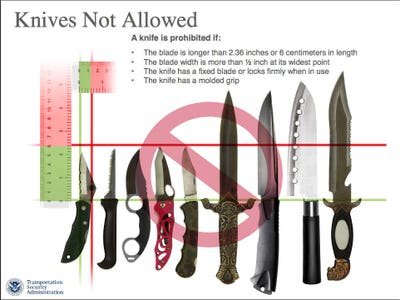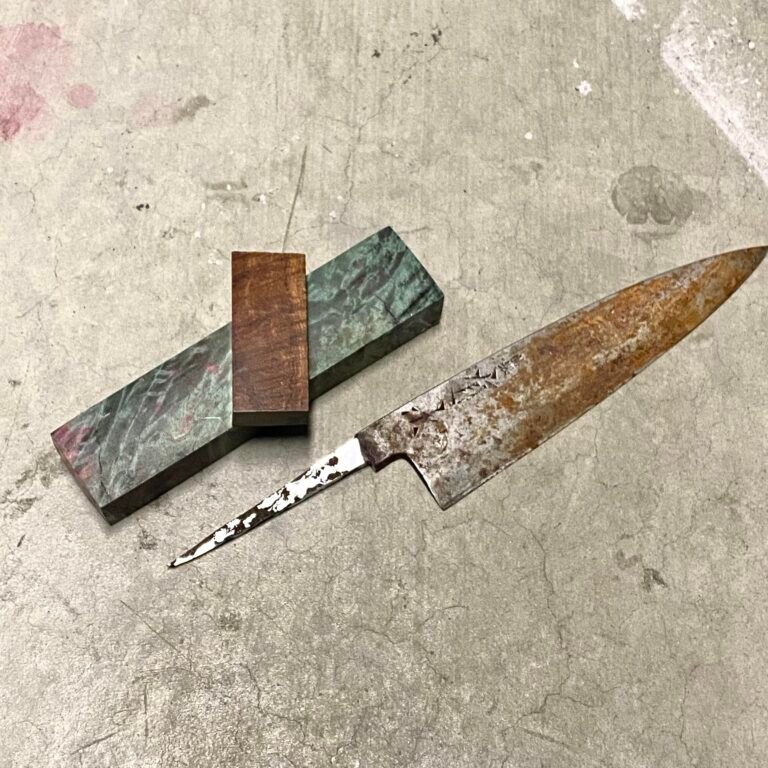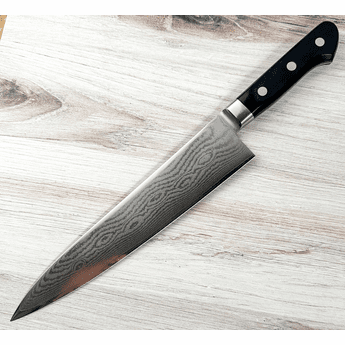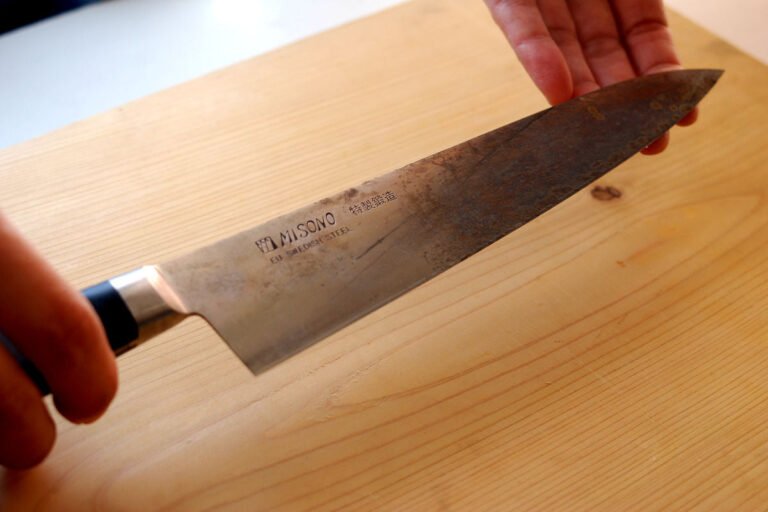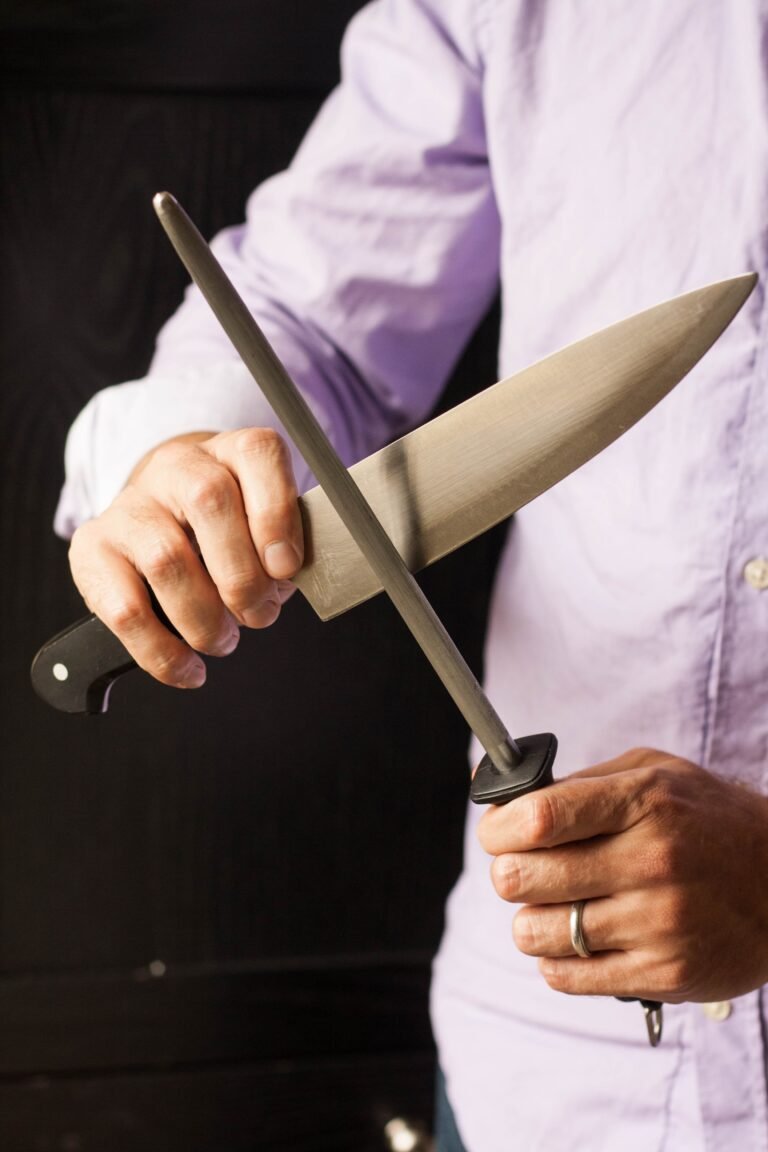Can You Take Knives in Hold Luggage: Essential Travel Tips
Yes, you can take knives in hold luggage. They must be securely packed to prevent injury during handling.
Travelers often wonder about carrying knives in their hold luggage. Airlines and security regulations allow knives in checked baggage, but specific guidelines must be followed. Knives should be sheathed or securely wrapped to avoid accidents and protect baggage handlers. Always check your airline’s policy and the destination country’s regulations regarding prohibited items.
For example, certain types of knives, such as switchblades, may be restricted even in checked luggage. Properly packing knives ensures a safe and hassle-free travel experience. Knowing these rules can help you avoid delays and ensure compliance with airline and security requirements. Safe travels!

Credit: www.cnn.com
Airline Regulations
Most airlines allow knives in hold luggage. Knives must be packed safely. Blades should be less than 6 inches long. Longer blades might be restricted. Always check airline rules before packing. Some countries have specific laws. Knives should be declared at check-in. Failure to declare can lead to fines.
Airline policies on knives can vary. Some airlines are stricter than others. Always read the airline’s guidelines. Some airlines might not allow certain types of knives. Contact customer service for specific questions. Always keep knives in a secure case. This helps prevent accidents during travel.
Types Of Knives Allowed
Folding knives are usually allowed in hold luggage. These knives fold into their handles. This makes them safer to pack. Ensure the blade is less than 6 inches long. Always check airline rules before packing. Some airlines may have stricter regulations.
Fixed-blade knives have blades that do not fold. They are usually allowed in hold luggage too. These knives must be securely packed. The blade should be less than 6 inches long. Always check with your airline to be sure. Rules can vary between airlines.
Packing Knives Safely
Wrap knives in thick cloth to avoid accidents. Secure the cloth with strong tape. Place the wrapped knives in a sturdy container. Ensure the container is sealed well. This prevents the knives from moving. Label the container as “sharp objects”.
Use protective cases for extra safety. These cases keep the knives secure. Make sure the cases are hard and durable. Place the cases in the center of the luggage. Surround the cases with soft items. This helps to cushion the knives.

Credit: www.wikihow.com
Customs And Legal Restrictions
Some countries have strict rules about knives in hold luggage. Check local laws before packing any knives. Not all knives are allowed in every country.
Sharp objects may need special packaging. Ensure your knives are properly secured and not accessible during the flight.
Different countries have different knife regulations. Below is a table with examples:
| Country | Regulations |
|---|---|
| USA | Knives allowed in hold luggage, but not in carry-on |
| UK | Knives must be securely packed |
| Australia | Some knives require a permit |
Alternatives To Carrying Knives
Considering the strict regulations on carrying knives in hold luggage, explore safer alternatives like multi-tools or utility scissors. Opt for travel-friendly options to avoid security issues and ensure a hassle-free journey.
Buying Knives At Destination
Purchasing knives at your destination can be a smart choice. It avoids the hassle of airport security. Local stores often have a wide range of options. You can find high-quality knives that suit your needs. This option also supports local businesses. It ensures that you comply with airline regulations. Always check local laws before buying.
Using Rental Services
Many places offer knife rental services. This can be convenient for short trips. It eliminates the need to pack and carry knives. Rental services often provide high-quality equipment. This can be especially useful for chefs and outdoor enthusiasts. Always inspect the knives for safety and quality. This ensures a hassle-free experience during your trip.
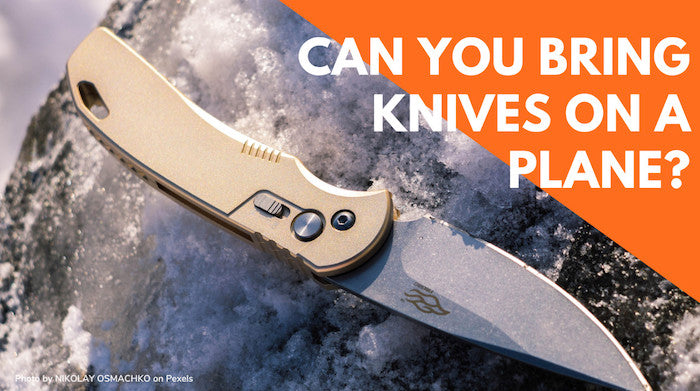
Credit: www.cabinzero.com
Handling Security Checks
Security checks are very strict. All luggage is scanned. Sharp objects, like knives, are flagged. Expect security to inspect these items. They may ask questions. Always be honest and clear.
Confiscation can happen. Security will take items they find dangerous. Knives are often seen as dangerous. They may not return them. It’s best to pack carefully. Check airline rules before traveling.
Additional Travel Tips
Many items are not allowed in hold luggage. Flammable substances are strictly banned. Explosives and fireworks are also prohibited. Toxic chemicals cannot be carried. Radioactive materials are a big no. Corrosive substances are dangerous. Magnetic materials might interfere with the plane. Check airline rules for more details.
Always pack sharp items carefully. Wrap them to avoid accidents. Use bubble wrap or cloth for safety. Keep liquids in a sealed bag. Check the weight of your luggage. Don’t exceed airline limits. Label your bags with your name and address. Pack valuables in your carry-on.
Frequently Asked Questions
Can You Bring Knives In Checked Luggage?
Yes, you can bring knives in checked luggage. Ensure they are properly packed to prevent injury.
Are There Restrictions On Knife Types In Hold Luggage?
Yes, certain knives are restricted. Check airline and country regulations for specific restrictions on blade length and type.
How Should Knives Be Packed In Checked Luggage?
Knives should be securely wrapped. Use protective sheaths or hard cases to prevent accidents during handling.
Can Kitchen Knives Be Transported In Hold Luggage?
Yes, kitchen knives are allowed in hold luggage. Ensure they are securely packed and follow airline guidelines.
Conclusion
Traveling with knives in hold luggage requires careful adherence to airline regulations. Always check specific airline policies before packing. Properly secure and declare your knives to avoid issues. By following these guidelines, you can ensure a smooth travel experience. Safe travels, and always prioritize safety and compliance.
